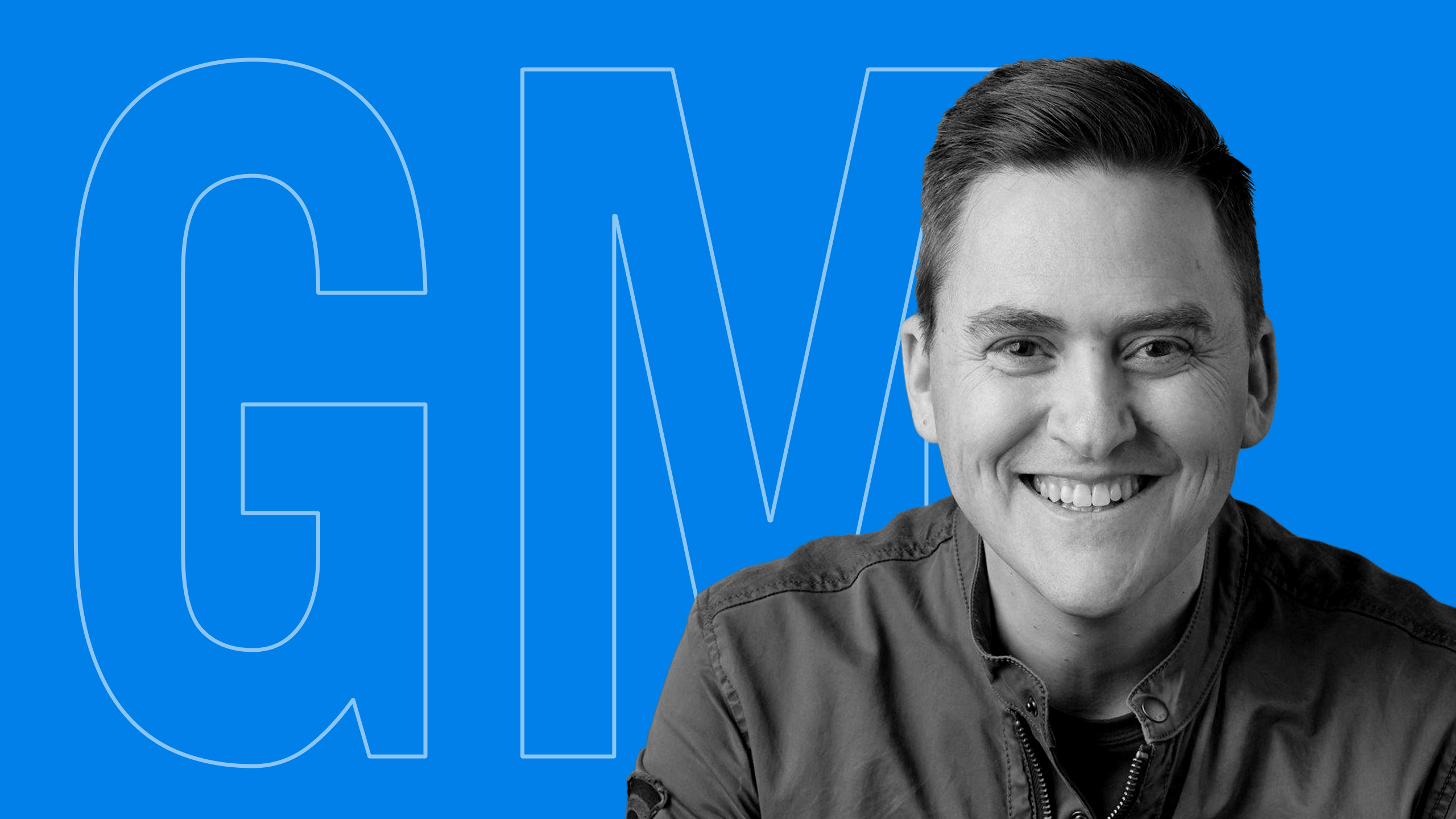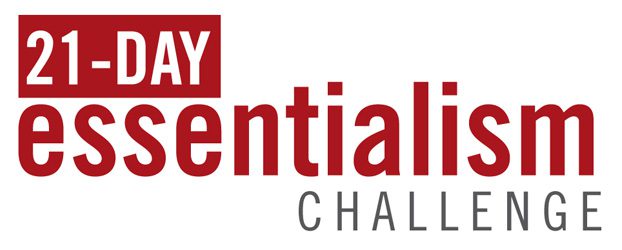Greg McKeown
Welcome. I’m your host, Greg McKeown. I am the author of two New York Times bestsellers, Effortless and Essentialism. And I am here with you on this journey to learn how to understand each other. Do you have a relationship or a project that you need to turn around? What if you could immediately increase your influence on this project or with that relationship? Today, I will share a story, something I am learning, and actionable advice. By the end of this episode, you will have a code for turning relationships and projects around, a code for unlocking greater influence professionally and personally. Let’s get to it.
Remember to teach the ideas in this podcast to someone else within 24 to 48 hours of listening. You might want to write down some notes so that you can share this more effectively.
Things were so bad at WLS TV, a television station in Chicago, Baltimore, that even their main host did not want to be there. As Jenn White put it, WLS was a mess in those days, last, virtually, in everything. Dennis Swanson was the television executive with the unlucky task of trying to turn this around. He’s the same Swanson, by the way, whose suggestion led to the Winter Olympics being staged two years after the Summer Olympics. So an interesting influencer in his own right. Swanson went to the main host and said, this is your lucky day. I am going to let you out of your contract early. And the host jumped at the chance to escape the failing TV spot. This left Swanson with a problem. Who would he find to fill the position?
He did find someone and what followed was nothing short of a phenomenon. It was the birth of a show that, by its finale, was watched in 140 countries. It was watched by some estimates by 40 million viewers a week in the U.S. alone. The show went to number one in its time slot for 21 years. Still, none of those stats quite capture the relationship the host established with viewers around the world. It’s been said that she could turn a book into a bestseller, a product into a trend, and people into stars. The host became a billionaire and, without exaggeration, the most influential woman in America. What was it about that host that so completely transformed the results and culture of the show? What is the story behind this phenomenon of influence? If you go back to the very first camera test that Swanson did with the host, he was impressed.
The host was a natural. So, he offered the job almost immediately. But in that first interview, Swanson recalls that the would-be host was incredulous at first.
“Well, you know, I’m black?”
Swanson responded, “Well, I think I have that figured out. We’re over that hurdle.”
And the would-be host continued, “Well, you know, I’m overweight?”
And Swanson said, “Well, so am I. And so are many Americans.” And Swanson adds, “Here’s the deal. If we get this thing worked out, I don’t want you to change a thing.”
And with that, Swanson signed the person who would become arguably the most influential host in history. I’m talking here of Oprah Winfrey. So what was it about Oprah that so completely transformed the results and culture of the show? What was the secret code to her extraordinary influence?
If we knew the answer to that, we could replicate what she did in ways that are relevant to you and me. We could increase our influence with others, 10 X, a hundred X. Certainly, TV executives at the time wanted to know. Jenn White, who created a three-part documentary on this, made the following observation. If you watch literally any television at all, you know, it’s nothing, if not a medium of imitation, and back then, Oprah was doing really well. So TV executives were eager to break the code of their success. Now in their hunger to figure this out so that they could replicate the success of the show, these executives participated in an expensive experiment. I mean, they don’t really know they’re doing that, but it is estimated that somewhere in the range of 200 daytime talk shows came and went through the years that Oprah was on. And each failed show, however disappointing for the executives involved, provides us with insights about what the secret code wasn’t.
Oprah herself said there were literally hundreds of other shows. She said, is it the fact that she’s black? Is it the fact that she’s fat? And according to Jenn White, a couple of times, there were African Americans who were overweight. Is it the fact that her hair is done in a certain way? These attempts to imitate the surface elements of the show were unsuccessful. They reveal ironically, as it turns out, that they didn’t understand what was going on. It’s ironic because if you had to answer what the secret code was to her extraordinary influence in a single word, it would be understanding. Three types of understanding to be precise.
First, understanding your intent, your intention. Curiously, with all of these competitors, Oprah and the producers made a deliberate decision to ignore them.
As one producer puts it, “We just didn’t pay attention. I don’t think I have seen a full hour of any other talk show that was on the air during the time we were on.”
And it wasn’t just one producer. Many of the producers used some variation of the idea of putting on blinders. One said, “You can only run your own race.” Another said, “Stay in your own lane.” Another, “Look straight ahead.” Another, “You don’t look around. You do you. Let them be them?”
So it’s intriguing, not that one person had that idea, but the many producers over many years had had that norm established in the culture of the show.
Oprah said it this way, “I was very clear when we started, the purpose of this show was to be a light to the world.” The mission statement, we are here to uplift and light and encourage and entertain, that had to be real. But intention is subtly different than having a mission. And over time, she and the whole team became clearer about that.
By 1989, after a couple of shows that validated the mission. Oprah said this to her producers, “You cannot bring me a show without intention.”
So they were constantly looking, not just for a show that made people sad, glad, or mad, but something beyond that, a clearer view as to why. What is behind this in making sure that that intention was substantive? That it was real? That it was clear?
Number two, understanding others. Most people think Oprah had such enormous influence that whatever book she recommended would become a bestseller overnight. But that’s not how it worked. What most people don’t know is that she spent an hour a day with her audience after the cameras were off, listening to them and asking them questions. And that is how she kept her pulse on her audiences. So when it came to book selection, she would ask, what would 10% of my audience want to read right now? And that is the book she would recommend. Her deep understanding of her viewers was a vital part of the secret code that led to her extraordinary influence. And with it, the unbelievable turnaround of this show.
Oprah explains that it was all for the viewers. When she interviewed big stars on her show, she didn’t ask what she was curious about. She asked the questions she knew the viewers wanted to ask. She said, “So I could ask the questions they wanted to ask. I was working for them. Always. I would ask in the name of the audience. I know what the audience wanted to know.”
She wanted to amplify the voice of the viewers. Literally, as it turns out, the people in the studio audience were thought of as the surrogate viewers and JR Chapel, who worked for the show for years, used various tools to make sure they were really heard. At first, he used four mics to make sure to capture the voices of those audience members. But by the end, he used 32 mics. Some were hidden in the seats. The mics on the people being interviewed even were closer than in other talk shows to increase that sense of intimacy. So that viewers felt they were in the third row. All of this because of the importance of hearing and being heard.
When Oprah gave the commencement address at Harvard university, she put it this way. “The single most important lesson I learned in 25 years talking every single day to people was that there’s a common denominator in our human experience. We want to be validated. We want to be understood.”
And I’ll add that we want to be heard. We want to be seen. We want to matter.
She continued, “Friends and family, your enemies, strangers in every argument, in every encounter, every exchange, they all want to know one thing. They want to know, did you hear me? Do you see me? Did what I say mean anything to you? And even though this is a college where Facebook was born, my hope is that you would try to go out and have more face-to-face conversations with people you may disagree with. That you’ll have the courage to look them in the eye and hear their point of view and help make sure that the speed and distance and anonymity of our world doesn’t cause us to lose our ability to stand in somebody else’s shoes and recognize all that we share as a people. This is imperative for you as an individual and for our success as a nation.”
Number three, let other people understand you. It’s hard to appreciate how unusual this was at the time, but Oprah was willing to share her mistakes and her flaws. In the first 20 seconds of the syndicated show, Oprah excitedly welcomed everyone to the Oprah Winfrey Show and then said, “I feel so nervous. I have hives under my armpits.”
And in those few seconds established something important. That was simply not how people talked at the time. This is what Jenn White summarized as the “down-home realness”. The winks and nods to the audience. The power they have to change their lives, thighs, and love life. And that vulnerability meant that people felt they knew her.
“From her first TV test in Baltimore,” says White, “People felt they were on a first name basis with her. Why that is, I haven’t quite figured out yet, but there’s something about her.”
Yes. There’s something about her. And that’s something is understanding your intent, understanding others, and letting other people understand you. That is a recipe for extraordinary influence that applied to you is your highest point of influence. You can think about it as a Venn diagram. That nexus, that center of the center, is where the magic happens.
Indeed. I think these three elements are more than just a list. There is a tension between these elements that exist and must exist in order for deep connection between people to grow.
For example, if you understand other people deeply, but you don’t understand your intent deeply, then you can become a function of other people’s agenda for you. If you seek to be understood before other people feel understood, then yours will be an uphill battle. So it’s together that these three elements lead to your highest point of influence and your deepest connection. It is the magic that happens when you have a clear intent when you really see and hear others. And when you feel seen and heard in return. Yes, that, that’s the magic.
And one way to appreciate it is to look at the opposite scenario. When you don’t know what your intent is. When you’re just reactively living out of your inbox. When you’re in the middle of a conversation, and you start to feel like running away and hiding or engaging in the conversation in a negative way, actively yelling, you lose your intent in a heartbeat. What happens to your influence? I mean, you’re not even focused on what you want anymore. So whatever influence you have in that moment is focused in the wrong direction. That’s like having a negative score on your influence. What happens when you make other people feel misunderstood, or at least just not deeply understood? What happens to your influence? It almost disappears. If people don’t feel seen if they don’t feel heard, they are not open to your influence. All of their energy will be in resisting you, on trying to get you to see them.
And what if you don’t let yourself be understood? If you don’t let yourself be known, then the relationship becomes unequal. Even if you understand them deeply, the connection doesn’t go both ways. So in a sense, you can think of a reverse influence Venn diagram that would describe the center of the center, your lowest point of influence, or even worse than that. It’s like your lowest point of suffering.
Let’s go back to the questions from the beginning. Do you have a relationship or a project that you need to turn around? And what would it mean to you If you could? Now, what if you could immediately increase your influence on that project with that relationship? Here’s where to begin. Ask yourself, what is your intent really? What’s your intent with that project? Beyond the project being a success. What’s the why beyond it? Can you articulate that clearly? Can you see that clearly?
What about with a relationship? One that is struggling. What is your intent for that relationship?
Now I’ve gone to pains to point out these three overlapping areas, but I don’t want you to feel overwhelmed going away from this conversation. We will be exploring and understanding understanding many times into the future. So for today, the actionable advice I want to put to you is simply around the first item, to understand your intent, to think about the project you need to turn around. And to really ask yourself what is my intent beyond the immediate metrics that would help me to feel that I was making progress. What’s the intent beyond it to understand that clearly?
Next time that you are in an emotional conversation with somebody, pause and ask yourself the same question. What is my intent right now? Has it shifted from my original intent? Have I suddenly just got into an ego battle? Have I got into a distracting, emotionally charged, triggering conversation that’s miles away from what my original intent was? That can happen. And that gives us almost a negative influence score because any influence we have, we are now using for something completely different than our intent. It might be taking us further away from our intent, no matter how much energy and passion we’re putting into it.
If you have a relationship that feels this tension in it, ask yourself, what is my real intent here? Look past the immediate social friction. Reorient yourself back to intention. Intention is extremely powerful. And often, we live with intention by default, and I’m encouraging you to have intention by design. This, to me, is the first step in being able to turn around a project, a relationship and increase that influence.
Of course, it’s not sufficient on its own, as we’ve discussed today. And we’ll return to these themes to be able to unlock for you a whole next level of influence, perhaps even your highest point of influence.
But for now, put this action into place. What is my intent?
That is such an important part of the code for unlocking greater influence professionally and personally. It’s a great place to begin at the end of this podcast episode.
Thank you really for listening. If you haven’t yet, sign up for the One Minute Wednesday newsletter. And if you found value in this episode, please write a review on Apple Podcasts. The first five people to write a review of this episode will receive a signed copy of Effortless. Just send a photo of your review with your name and address to info@gregmckeown.com. Remember also to become a subscriber to this podcast so that you can receive the next episode. They come out every Tuesday and every Thursday. So I’ll be with you soon.







